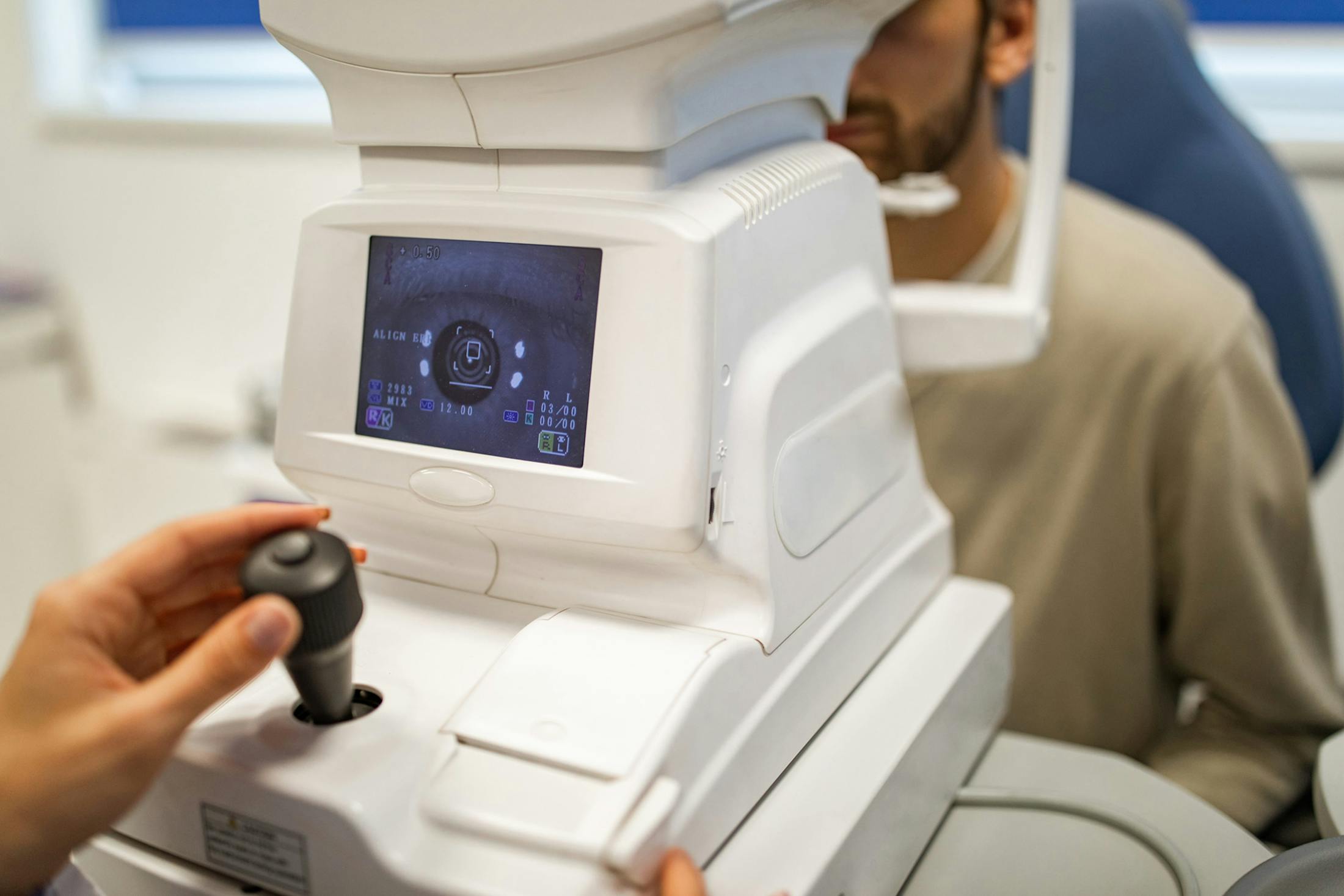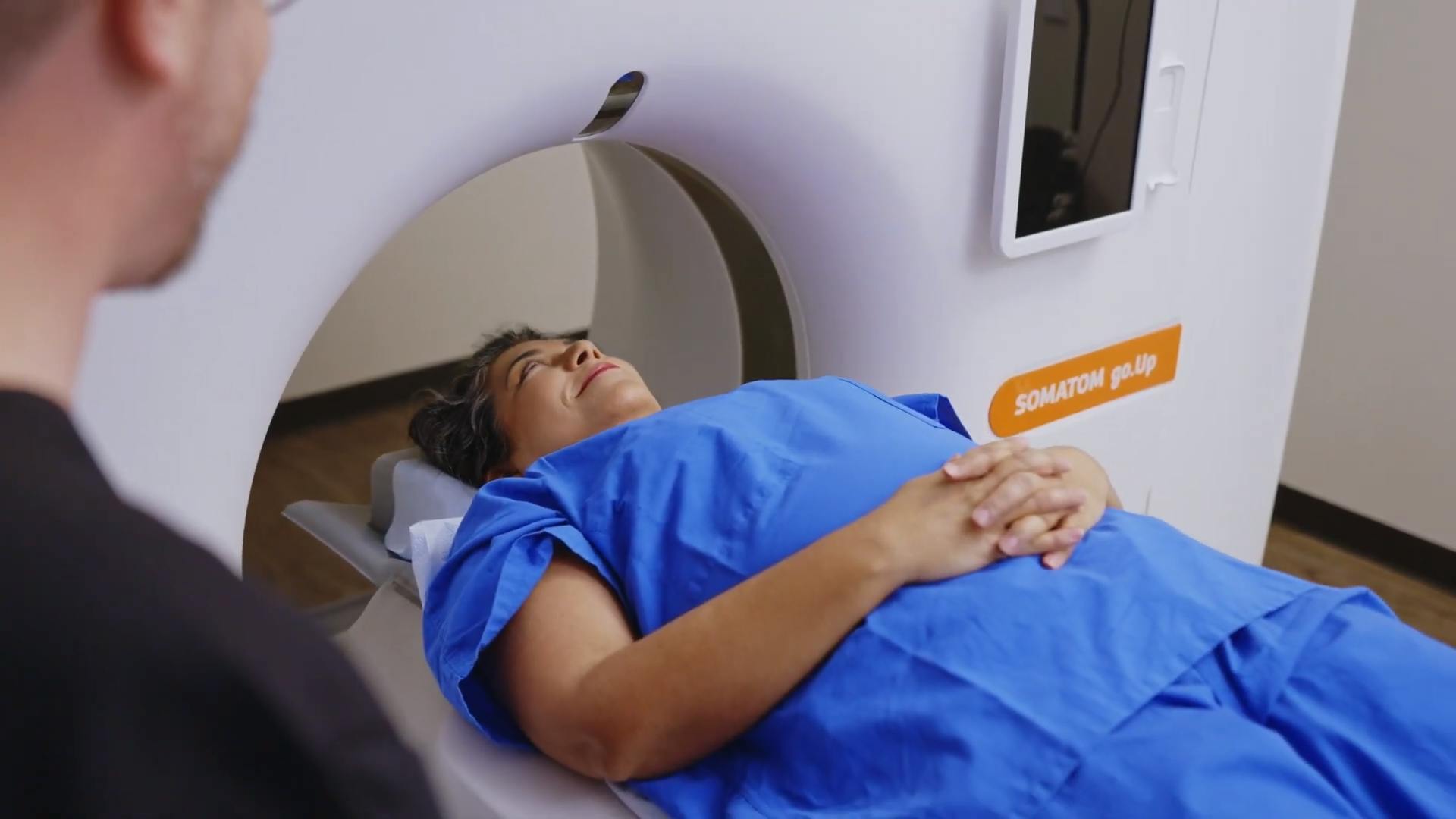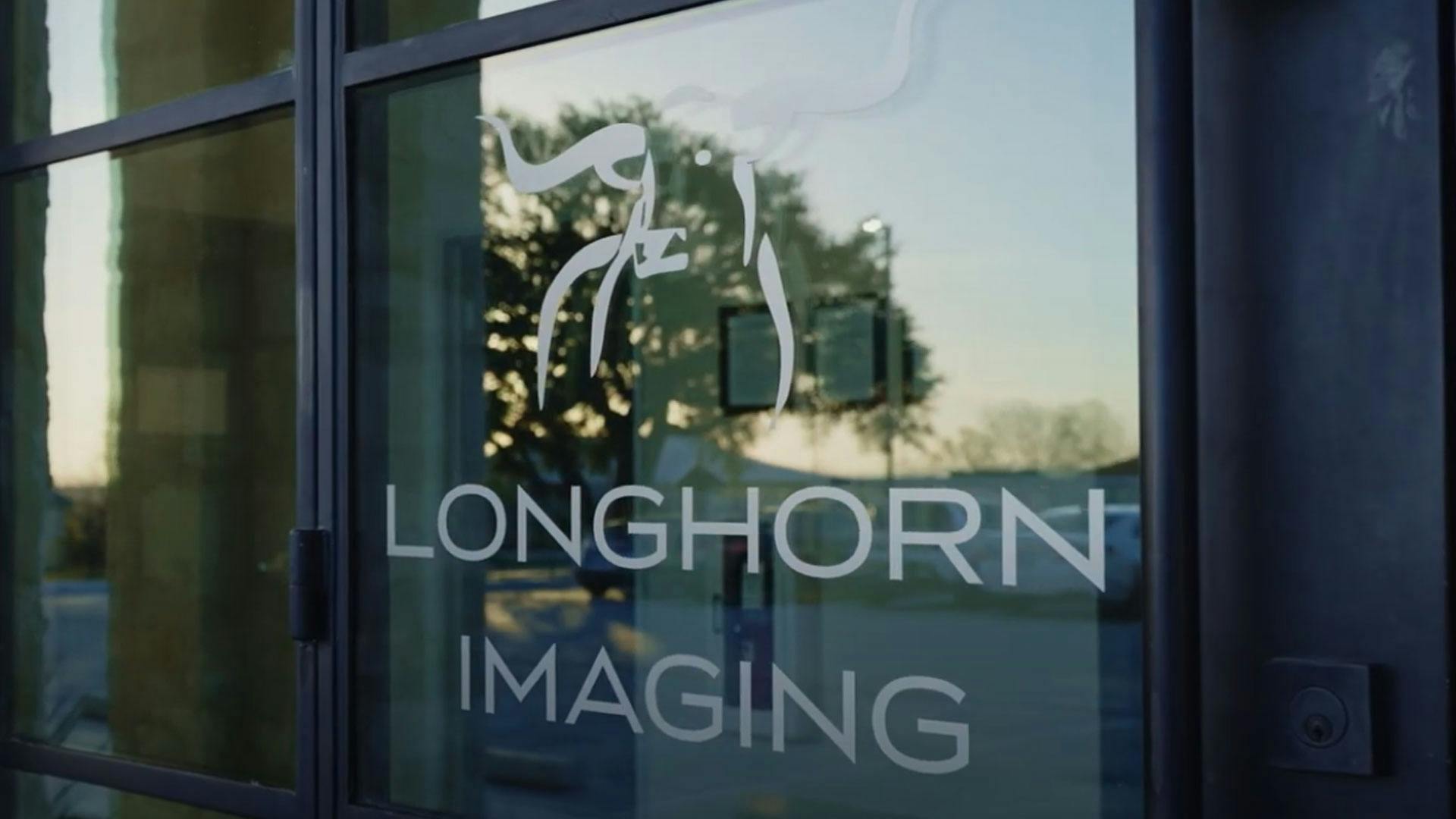Comfortable VNG Diagnosis
A videonystagmography (VNG) records a patient’s eye movements with a camera through a set of goggles to help diagnose a variety of vestibular disorders, which can cause dizziness and balance problems. We are committed to making the experience as comfortable as possible. There are four main parts to this test: ocular motility, optokinetic nystagmus, positional nystagmus, and caloric testing. In addition to measuring the movements of the eyes, it can also examine the functionality of each ear. VNG is also a non-invasive test that takes about an hour and a half to complete.
If you are experiencing dizziness, ringing in your ears, issues with balance, vertigo, or other similar symptoms, your doctor may order a VNG test for you to determine the cause and help diagnose the condition accurately. You will be under the care of our compassionate technologists who will ensure your experience is relaxed and comfortable.









